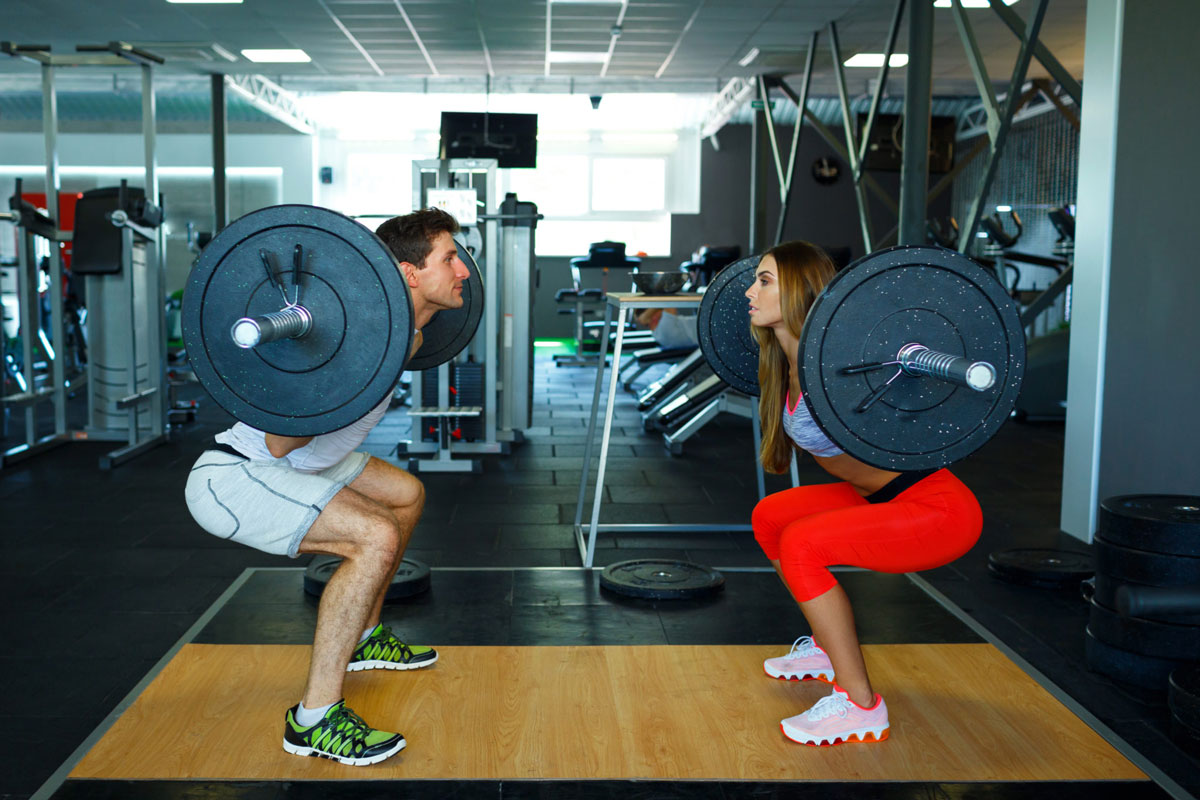Squats. One of the ultimate exercises anyone can perform in their pursuit of gains, or even weight loss. Able to be performed in a couple of variations, squats work a range of muscles in your body, most of which are found in your lower half (think: quads, hamstrings; glutes).
But, in order to perform squats effectively and to minimise the risk of injury, you need to rely heavily on your core muscles, because a strong core will keep you far more stable throughout the movement.
However, aside from having strong muscles to allow you to squat heavier and heavier weights, one of the key techniques to facilitate that rests on your breathing.
Citing fitness account @nikgfitness, personal trainer James Kew has recently posted an image to his Instagram account detailing the correct breathing technique you should be following when performing barbell back squats (although it can be applied to front squats too), if you ever want to increase the load.
View this post on Instagram
Once you’re in a stable position: feet shoulder-width apart and with the barbell resting on your shoulders, take a deep breath in. However, this inhale alone needs to be perfected. Squat University adds that when you take a deep breath in, you should be taking that breath into your stomach, as opposed to into your chest (a common mistake).
After this, squat low whilst still holding your breath, and push up (distribute weight through your feet, so that your heels and the balls of your feet and both planted into the ground, and with your knees pushing out). Keep holding your breath until you get close to the end of the movement before breathing out.
You shouldn’t breath out when you reach the bottom of the movement, before pushing up. Doing so will relax your core and won’t provide the stability you need to push up with the load you’re squatting. Squat University also suggests you hold your breath for the entirety of the repetition so that you remain stable throughout, but if you breathe out at around 75-80% completion, you should be ok.
This technique is best suited to those squatting higher weight loads for low repetitions, as opposed to lower weights for higher repetitions. Think 80-100kg for 5-6 reps, rather than 50-70kg for 10-12 reps.
If your breathing technique needs some improvement, make sure you fix it without using weights to begin with, instead just performing bodyweight squats, before moving to low weights. After all, form and technique are key if you ever want to improve, failure to do so will only increase the risk of injury.
